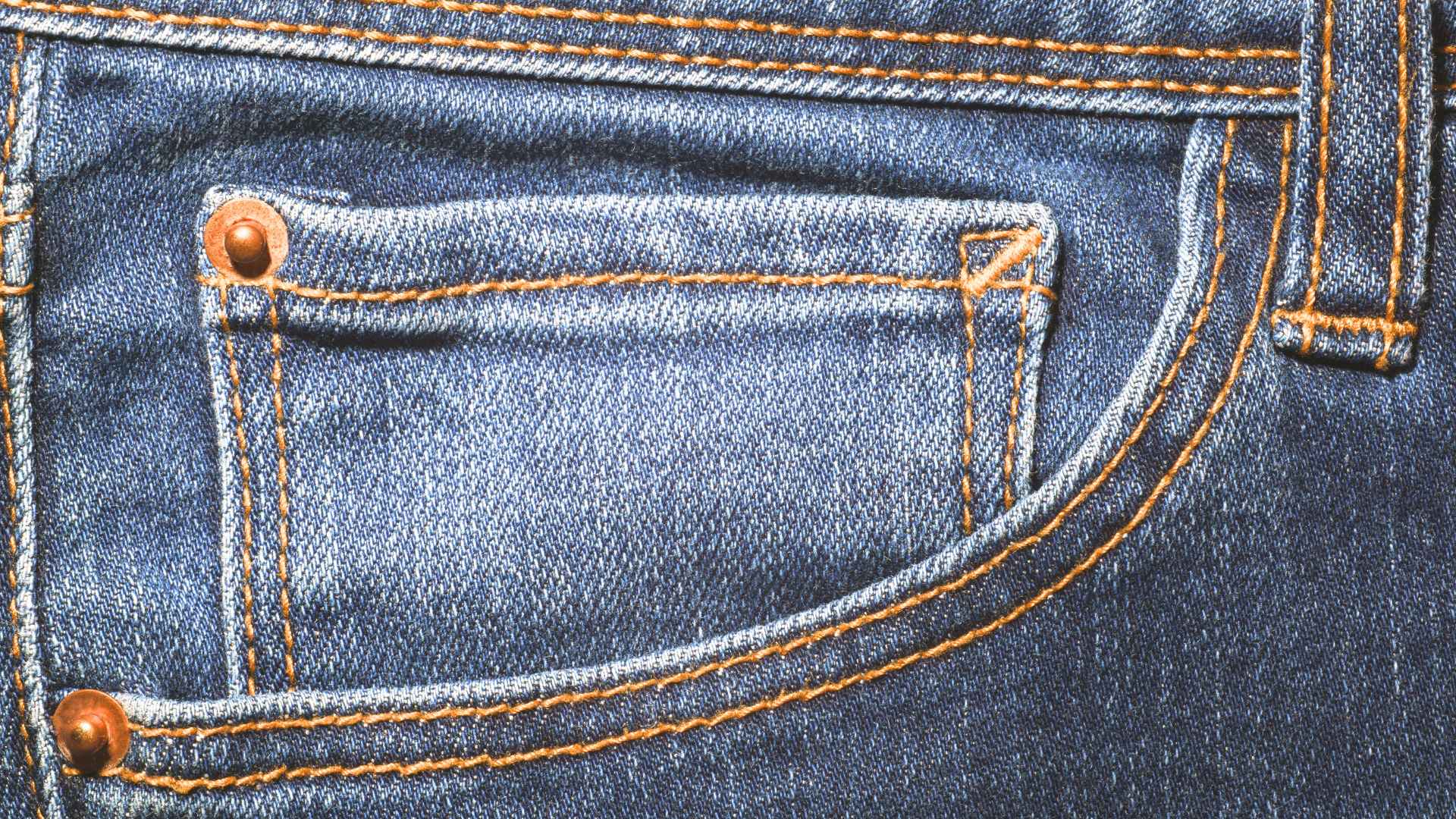They’re not just a decorative detail: discover the real purpose of this iconic element.
Jeans are a timeless staple that almost everyone owns. Yet have you ever wondered about those small copper or metal buttons, commonly located on the corners of the pockets? Far from being a mere aesthetic flourish, these rivets have served a crucial purpose since the very inception of jeans.
Why the metal rivets on modern jeans remain crucial for durability and style
Back in 1873, a resourceful tailor noticed that workers’ pants tore at the seams in areas under the most stress. His answer to this problem was remarkably simple: place rivets in specific spots to prevent the fabric from ripping. Over time, this invention proved so successful that it became a standard in jean manufacturing.
Even though modern sewing methods can now reinforce those vulnerable zones, many brands have kept the rivets for their vintage charm. It’s amazing how a tiny copper dot can make such a massive difference in sturdiness, right?
Uncovering the real historical origin behind the rivets on your favorite jeans
The story dates back over a century, when jeans were primarily worn by miners and other laborers. Frequent wear and tear was common, which made the rivets indispensable for reinforcing the pants. Eventually, jeans transitioned from utilitarian workwear to a symbol of fashion and personal expression. Still, that legacy of long-lasting durability remains a source of pride among jean enthusiasts and manufacturers alike.
Isn’t it surprising that a small piece of metal could transform an entire garment’s reputation? Here’s a quick table summarizing rivet details:
| Aspect | Description |
|---|---|
| Material | Originally copper, now sometimes other metals |
| Placement | Corners of pockets, areas prone to tearing |
| Main Function | Prevent seams from ripping under stress |
| Aesthetic Role | Adds a classic, authentic look to modern jeans |
Before moving on, take a moment to think: how many rivets have you overlooked on your own pairs of jeans?
Fascinating details about how blue denim rose to widespread popularity in fashion
Many jeans are blue due to indigo, a natural dye chosen for its ability to fade attractively over time. Back in the 19th century, blue also helped mask dirt, which was perfect for manual laborers who wore jeans daily. These days, that deep indigo hue remains symbolic of classic denim culture, although modern trends allow for a rainbow of washes and colors.
Jeans also come with a curious extra pocket on the right front side. Initially, it was crafted to hold pocket watches. Today, it continues more as a nod to history than a practical necessity.
Finally, let’s not forget the intriguing origin of the word “jeans.” It derives from the French phrase bleu de Gênes (blue of Genoa), referencing the Italian city where this blue fabric gained renown. Over centuries, the term evolved into what we know today—jeans.
Rivets, indigo dye, and even that tiny pocket each remind us how this garment became one of the most beloved items worldwide. In the end, it’s the blend of functionality and fashion that has kept jeans relevant across generations.

